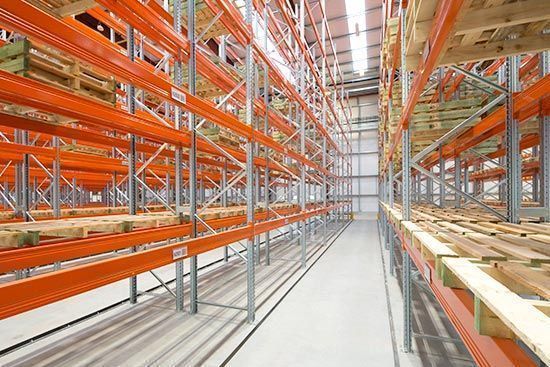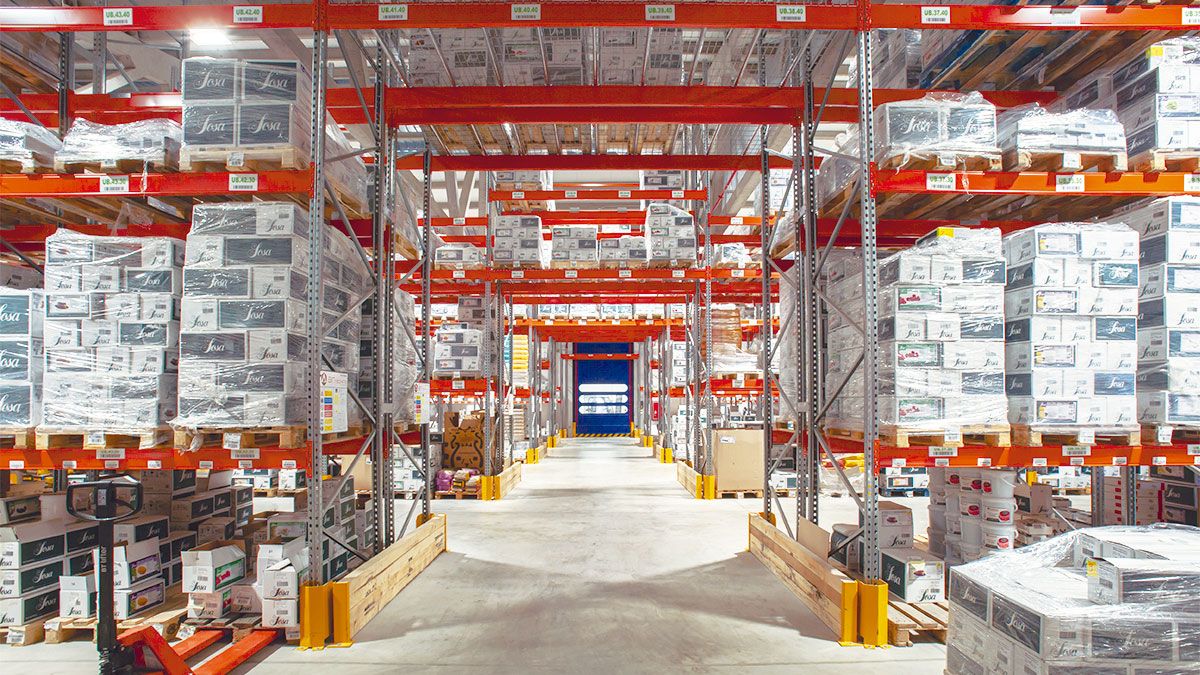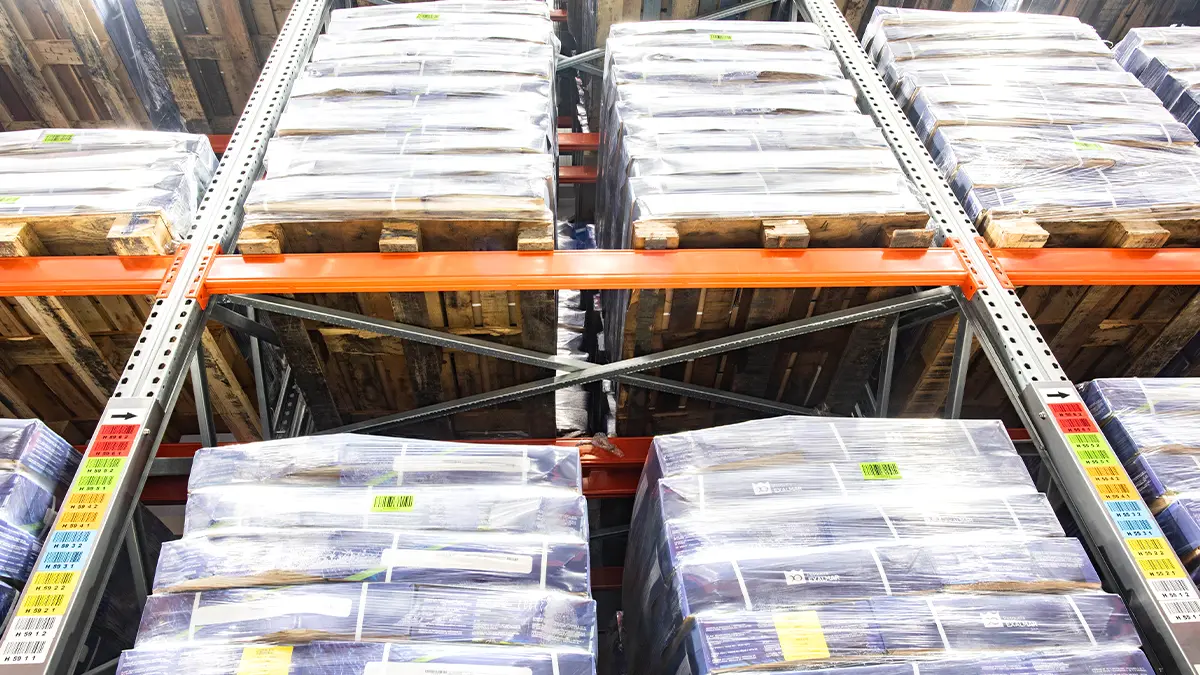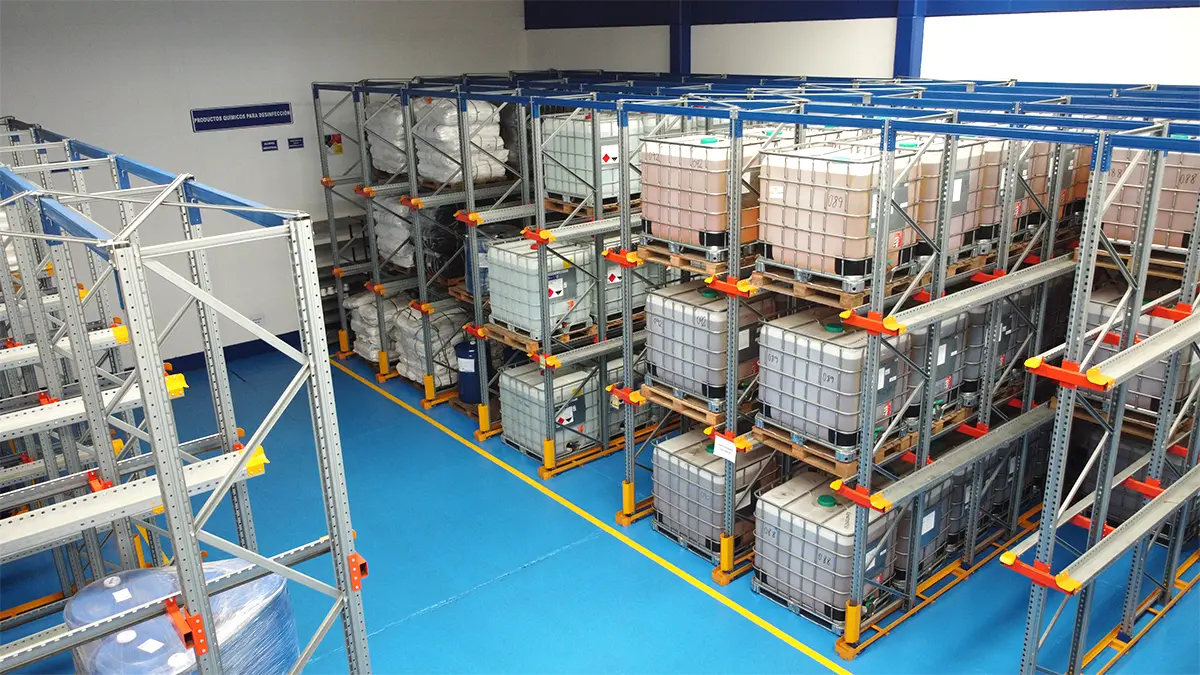Load deconsolidation is a crucial process that takes place in the warehouse where goods are unpacked from a larger shipment and separated into smaller batches for distribution.
We will review below the importance of load deconsolidation in a warehouse and its impact on the global supply chain.
What does load deconsolidation involve?
The load deconsolidation process involves dividing the larger shipment into smaller units, checking their accuracy and condition, and preparing them for final delivery.
Efficient load deconsolidation is vital to ensure accurate inventory management, reduce errors and improve overall efficiency. By unpacking the primary packaging and separating the shipments into smaller units, warehouse workers can accurately track inventory levels and ensure that the right quantities of goods are distributed to the appropriate locations. This level of precision is essential in sectors where stock accuracy is all-important, such as food and pharmaceuticals.
Benefits of deconsolidation of goods
Load deconsolidation also helps reduce errors that can occur during transportation and logistics, such as damaged goods, incorrect shipments or lost items. When unpacking and checking the accuracy of each item, warehouse workers can detect these errors in time and make corrections before the items are sent to their final destination.
Load deconsolidation can also help to improve the general efficiency of a warehouse or distribution centre. By breaking down larger shipments, warehouse workers can create smaller, more manageable and organised units that can be quickly loaded onto and unloaded from trucks, reducing loading and unloading times. This streamlined process not only reduces the time and labour necessary to manage the inventory, but also allows for faster deliveries, reducing the time it takes for goods to reach their final destination.
Apart from improving efficiency, load deconsolidation also helps to reduce storage and transport-related costs. By dividing the larger shipments into smaller units, warehouse workers can reduce the necessary space to store and manage stock, enabling more efficient use of warehouse space. This can help reduce storage costs, allowing companies to allocate resources to other areas of their business.
Finally, load deconsolidation is crucial for facilitating international trade. As trading volumes continue to grow around the world, load deconsolidation helps to ensure that goods are accurately labelled, documented and traced across the supply chain, reducing the risk of delays in customs and the possibility of violations.

Risks to consider
Although load deconsolidation is a useful practice to optimise the distribution and transportation of goods, it also entails certain risks that must be considered and managed properly. Some of the risks associated with load deconsolidation are:
Damage to or loss of goods
When handling and separating the consolidated load into smaller units, there is a greater risk of damage to the products, especially if the packaging and handling is not done correctly. Items could also be lost if there is no adequate control and errors are made in the identification and handling of individual packets.
Labelling and tracking errors
When dividing a consolidated load, errors could be made in the labelling of individual packages, which could complicate the tracking and tracing of shipments.
Longer handling time
Deconsolidation adds an additional stage to the logistics process, which could take longer and increase the risk of delivery delays.
Possible increase in costs
Deconsolidation means more labour and resources to separate and manage individual loads, which can increase operating costs.
Distribution confusion
If deconsolidation is not properly organised, there could be confusion in the distribution of packages to their final destinations, resulting in incorrect deliveries or lost goods.
To mitigate these risks, it is essential to implement good warehouse and logistics management practices, such as proper packaging and labelling, accurate inventory and effective tracking of shipments. Additionally, having trained personnel and appropriate equipment can also help minimise the risks associated with load deconsolidation.
In conclusion, load deconsolidation is a crucial process in any warehouse. It ensures accurate inventory management, reduces errors, improves efficiency and reduces costs. By implementing effective load deconsolidation processes, warehouse managers can ensure that their warehouse operates with maximum efficiency, reducing costs and improving customer satisfaction.













